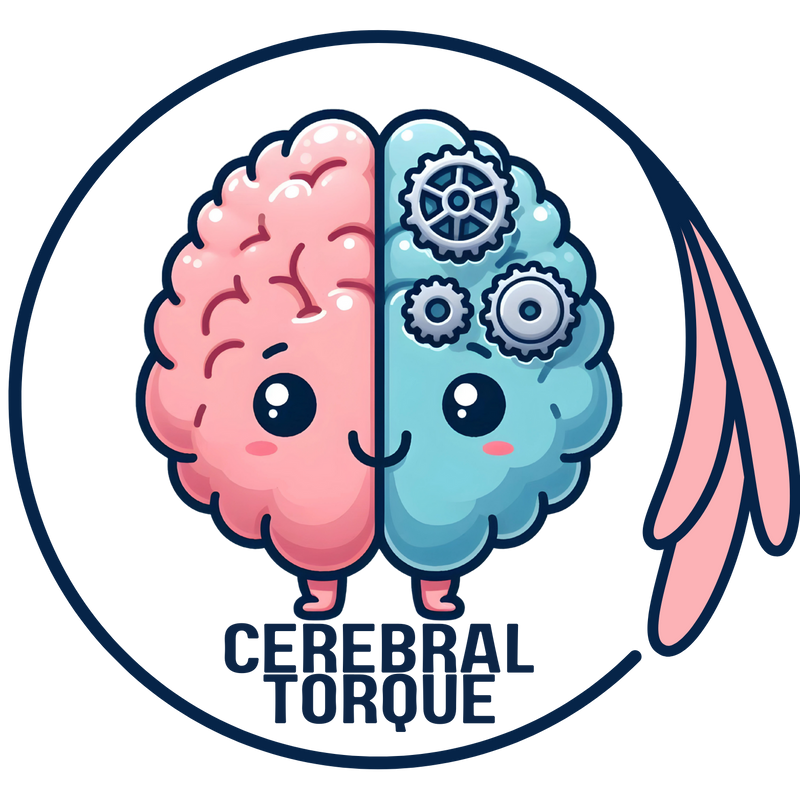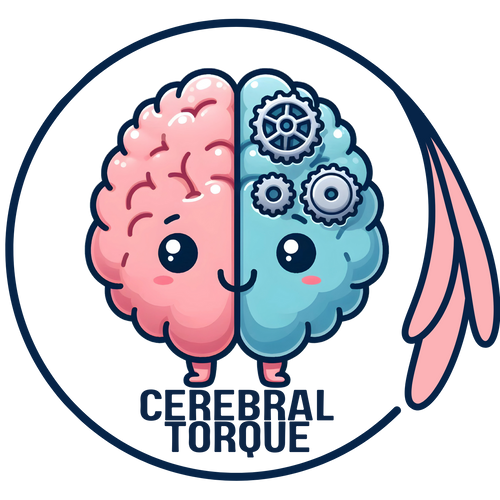How COVID-19 Changes Migraine Patterns
Posted on May 22 2025,
How COVID-19 Changes Migraine Patterns
Study Overview
This case series examined seven patients with pre-existing migraine disorders who contracted COVID-19 between 2021-2024. The research reveals concerning patterns of migraine worsening following SARS-CoV-2 infection, with implications for both acute and long-term neurological care.
Key Research Finding
Patients experienced significant worsening of their migraine patterns after COVID-19 infection, including increased frequency, severity, duration, and reduced medication effectiveness. Many also developed additional neurological symptoms consistent with long COVID.
Major Changes Observed
Treatment Response Patterns
Botox: The Most Promising Treatment
Three patients in the study found significant relief with Botox (onabotulinumtoxinA) injections. Cases 1 and 7 achieved well-controlled migraines only after adding Botox to their regimen, while Case 3's previously effective Botox became less helpful but still provided some benefit.
Neurological and Psychological Impact
Beyond the physical changes in migraine patterns, patients experienced significant neurological and psychological symptoms that impacted their quality of life:
Additional Symptoms Reported
- Brain Fog: Difficulty with concentration and mental clarity during and between migraine attacks
- Aphasia: Rare but notable language difficulties during severe migraine attacks
- ADHD-like Symptoms: Attention and focus problems resembling attention deficit disorder
- Depression and Discouragement: Emotional impact from worsened, less controllable migraine
- Reduced Functional Capacity: Difficulty performing daily activities, exercise, and work tasks
Patient Case Summary
Detailed breakdown of migraine changes observed in each of the seven study participants following COVID-19 infection.
| Patient Profile | Pre-COVID Migraine Pattern | Post-COVID Changes | Treatment Response |
|---|---|---|---|
|
Case 1: 34-year-old woman Migraine since age 10 |
|
|
Botox effective Added to amitriptyline and Aimovig regimen |
|
Case 2: 74-year-old man Migraine since teens |
|
|
Poor control Switched Aimovig to Quilipta, increased rescue medication dependence |
|
Case 3: 61-year-old Hispanic woman Chronic migraine since age 20 |
|
|
Reduced Botox efficacy Minimal relief from triptans and NSAIDs |
|
Case 4: 32-year-old man Migraine since age 14 |
|
|
No relief Triptans and Excedrin ineffective |
|
Case 5: 74-year-old woman Migraine since age 28 |
|
|
No relief OTC medications (Excedrin, Tylenol) ineffective |
|
Case 6: 35-year-old woman Migraine since age 28 |
|
|
Limited relief EC-naproxen and Ubrelvy prescribed, uses Ubrelvy sparingly |
|
Case 7: 61-year-old woman Migraine since early 20s |
|
|
Botox effective Only treatment providing relief; Imitrex and Ubrelvy ineffective |
Proposed Biological Mechanisms
The researchers propose several potential mechanisms by which COVID-19 may worsen migraines:
Clinical Implications and Recommendations
For Healthcare Providers
- Screen patients with past COVID-19 infection with pre-existing migraine for worsening symptoms
- Consider Botox as a treatment option for post-COVID migraine management
- Be prepared to modify treatment regimens as traditional medications may be less effective
- Include psychological support in migraine management plans
- Monitor for additional neurological symptoms like brain fog and aphasia
For Patients
If you have a history of migraine and have had COVID-19, discuss any changes in your migraine patterns with your healthcare provider. Keep a detailed migraine diary noting frequency, severity, duration, and any new symptoms. Don't hesitate to seek help if your current treatments are no longer effective.
Study Limitations and Future Directions
While this research provides valuable insights, the authors acknowledge several limitations:
Future research should include larger longitudinal studies to investigate the long-term effects of COVID-19 on migraine patterns, identify specific mechanisms of action, and develop targeted treatment protocols for post-COVID migraine management.
Our Understand of Long COVID Continues to Evolve
This case series demonstrates that COVID-19 can significantly impact migraine patterns in people with pre-existing migraine disorders. The changes are not trivial, and often often require substantial modifications to treatment plans and can significantly impact quality of life.
Takeaways
- COVID-19 can worsen pre-existing migraines in frequency, severity, and duration
- Pain patterns may shift from localized to diffuse
- Traditional migraine medications may become less effective
- Botox appears to be a promising treatment option for post-COVID migraines
- Additional neurological symptoms may develop as part of long COVID
- Psychological support should be considered part of comprehensive care
Wed, Dec 17, 25
Migraine Management During Pregnancy, Breastfeeding, and Pregnancy Planning
This guide provides comprehensive, evidence-based recommendations for migraine management throughout the reproductive journey.
Read MoreMon, Nov 17, 25
Migraine Research - During the week of my absence.
Migraine Research - During the week of my absence. The Association Between Insomnia and Migraine Disability and Quality of Life This study examined how insomnia severity relates to migraine disability...
Read MoreSat, Nov 01, 25
Anti-CGRP Monoclonal Antibody Migraine Treatment: Super-Responders and Absolute Responders and When to Expect Results
Anti-CGRP monoclonal antibodies achieved 70% super-response and 23% complete migraine freedom in a one-year study. Most dramatic improvements occurred after 6 months of treatment. For patients with chronic or high-frequency...
Read More


